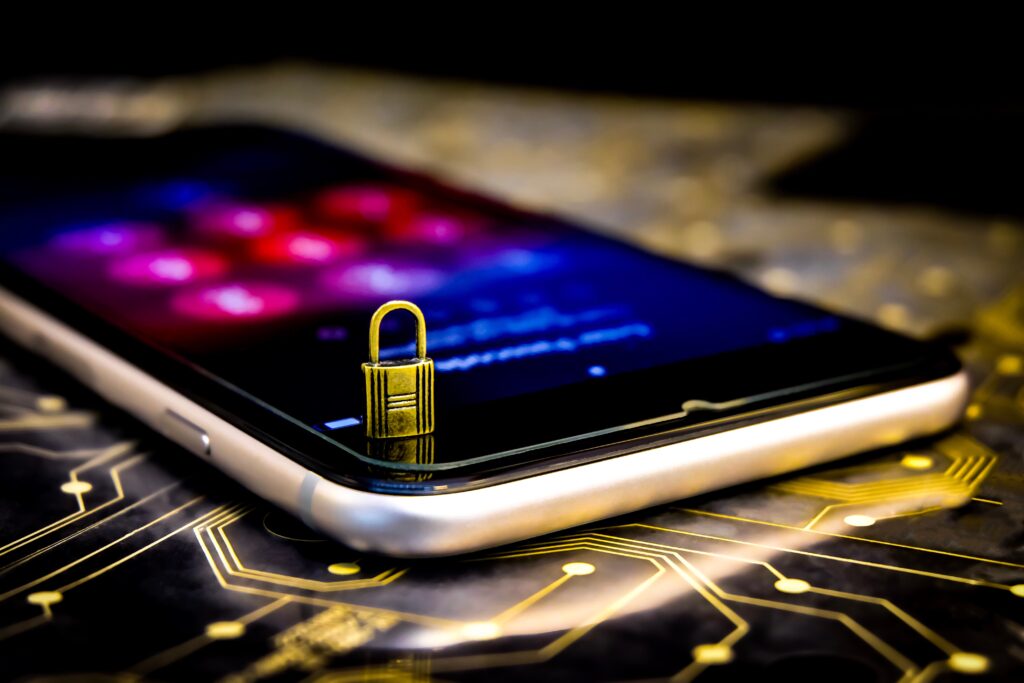For companies to best tackle the evolving cybersecurity threats of 2021, they must first understand the state of cybersecurity and threats in 2020.
The COVID-19 pandemic led to more people working from home than ever before. Scammers and hackers realized this and almost immediately began taking advantage of the situation by launching attacks to steal and hijack data and infect hardware and networks, ultimately wreaking havoc with productivity that the change in operations had already disrupted.
As a result, IT professionals found themselves scrambling not just to outfit employees with the proper hardware and software to work from home, but to harden security weaknesses in websites, software, hardware, and the insecure home networks from which employees were working.
2020 was undoubtedly a trying time for companies, and cybersecurity services were in high demand. In 2021, companies can take a step back to breathe.
While there are always security threats, IT staff have a better idea of what those attacks might look like and aren’t spread so thin. They can focus on security and ensure that employees follow protocols such as using VPNs when transferring sensitive data from their home networks.
Hackers will have to work harder now that everyone is on high alert and vulnerabilities have been closed. However, there are still plenty of opportunities for hackers to obtain data by targeting cloud storage and apps, which you’ll see in the list of some recent cybersecurity threats below.
Recent Successful Cyber Attacks Are Telling
Two recent attacks, in particular, show that companies still need to be alert for threats, which may mean hiring outside cybersecurity services.
Accellion Breach
Much of the buzz surrounding cybersecurity in early 2021 has focused on the Accellion data breach. The company that offers a File Transfer Appliance first released a patch to its software in December.
However, the frequency of those hardware updates increased, alerting people to the many vulnerabilities Accellion was attempting to repair.
Unfortunately, it was too late in many circumstances. Hacking group Clop targeted dozens of financial and research organizations worldwide, collecting sensitive data that the group threatens to release if victims don’t pay.
By focusing on the vulnerabilities in Accellion’s services, hackers could elevate the effectiveness of ransomware attacks.
LogoKit
Hackers effectively used a phishing kit under the moniker “LogoKit” to target users of 300+ SharePoint, Adobe Document Cloud, Office 365, and Microsoft OneDrive websites in January.
Over 700 domains have been infected. Fake sites, which can be created in real time, prove lucrative to scammers who can save time and effort by not preemptively creating phishing websites.
How Companies Can Protect Themselves from Cyber Attacks
These cybersecurity threats highlight not just the necessary actions that companies must undertake to avoid infections and scams but also the impact of an inadequate response to cyberattacks, which some people view as inevitable.
First, it’s a powerful argument for companies to outsource the security needs they may have once overlooked, especially if their in-house IT teams are stretched thin, because cybersecurity services are now a must-have.
Secondly, the success of phishing attacks such as LogoKit (and recent mail scams that have been making the rounds) means that IT staff can only do so much to protect a company and its resources from cyber threats without the cooperation of other staff.
Users can avoid falling prey to these scams in several ways:
- Forwarding suspicious mail to IT
- Logging on to official websites directly
- Checking links before clicking them
- Contacting the organization in question to verify the validity of the message
If employees are unaware of their role in cybersecurity or won’t take a few moments to verify a message source, other security efforts don’t matter. Companies should use periodic training and enforcement of security protocols to ensure employees follow these practices.
Finally, successful attacks such as the Accellion breach show that risks and the recent Nobelium malware attack show that hackers do not have to directly target a company for it to be impacted.
While a company cannot predict these attacks or influence how software and hardware creators might react to them, they can carefully vet the companies who make or provide these assets, avoid installing unnecessary programs or devices, upgrade hardware or software as soon as patches become available, and beware of risks posed to the solutions they employ.
Our professional managed IT services can help to keep your business safe from cybersecurity threats and attacks that would otherwise damage your operations and reputation. Contact us at Stasmayer today to get started.


